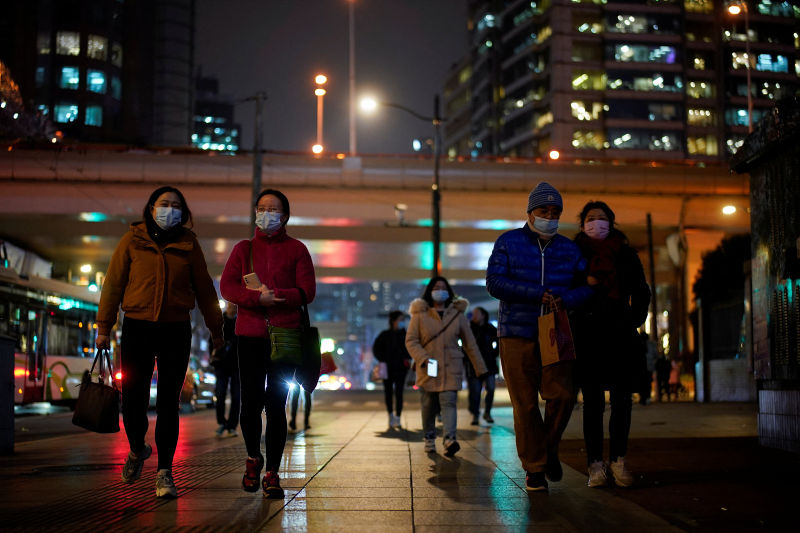China’s population is expected to start shrinking as early as this year and an urgent policy response is needed from the government, said Bank of America (BofA).
BofA’s forecast comes after the National Bureau of Statistics (NBS) said this week the population grew just 0.03% last year, the slowest pace since the Great Famine in 1959-61. New births fell by 12% in 2021 compared with 18% a year earlier, it said.
“We expect the population decline to start as early as in 2022, highlighting the urgent need for policy responses,” said BofA economists Xiaoing Pi and Helen Qiao in a January 19 note. “Even with the pandemic-driven baby bust behind us, China’s long-standing demographic challenges are mounting.”
The economists urged Beijing to address the long-term demographic shift and the profound economic and social complications it will bring.
Continuing Decline
BofA expects new births to continue declining in coming years. That despite the government allowing couples to have three children since May last year. Although the three-child policy may help slow the decrease in birth rates, it’s unlikely to drive a significant third-child baby boom, it says. That’s because Chinese women at fertility age only want 1.8 children on average, according to the NBS, limiting the incentive for more babies, BofA says.
In addition, with strict birth control policies relaxed and some punishment for excess births removed in 2016 along with the introduction of a two-child policy, couples who wanted third babies were probably already having them, Pi and Qiao said.
Weaker economic growth and income prospects will potentially hurt childbearing in 2022 and new births may fall below 10 million this year, from 10.6 million last year, the economists said.
Even if China manages to dodge a contraction this year, its population is still likely to peak well before 2024, they predict.
- By Frank Chen
Read more:
China’s Birth Rate Declines to Record Low in 2021
China hopes for demographic rebirth with three-child policy
























